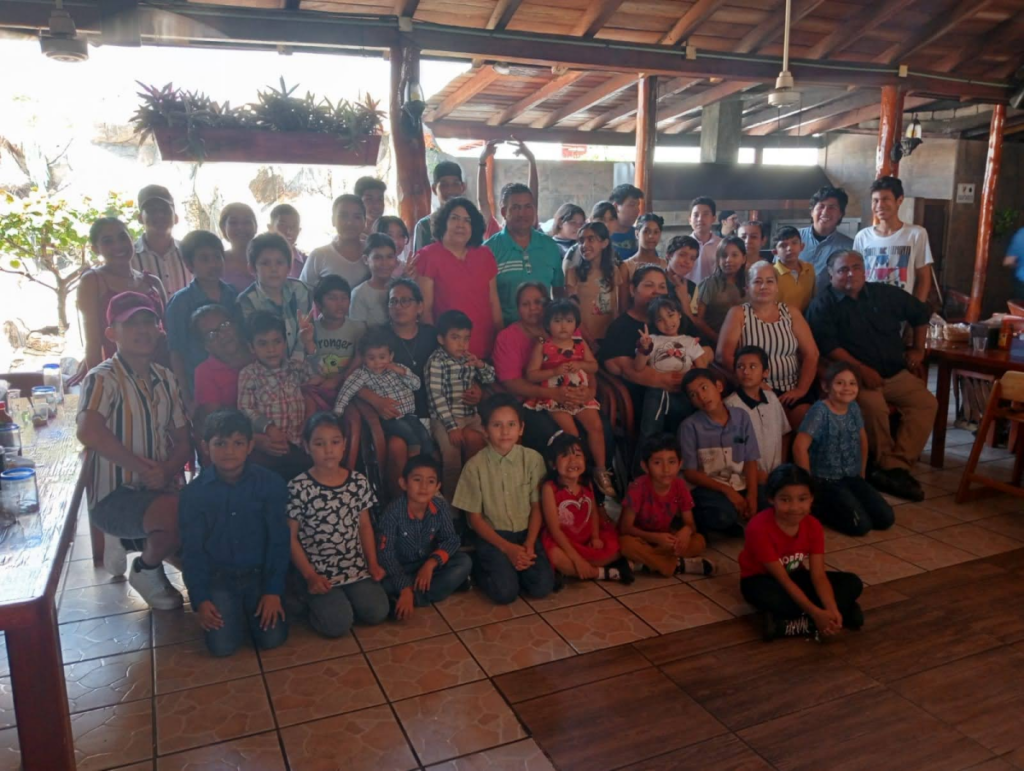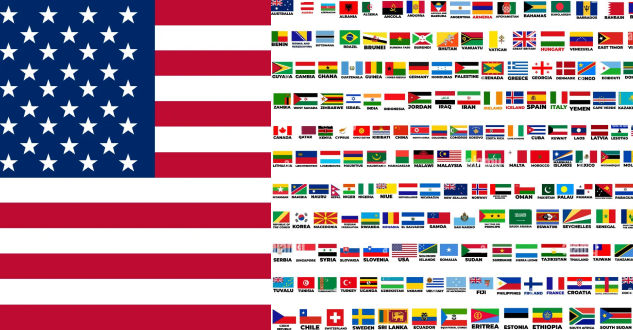Education plays a big role in breaking the cycle of poverty. It’s not just about reading, writing, and arithmetic. It’s about giving people the tools they need to build a better life. From early childhood, learning opens doors and makes opportunities that can bring communities out of poverty.
The Link Between Education and Poverty
Education and poverty are closely connected. This relationship shapes the lives of millions of children worldwide. Nearly half of the world’s two billion children live in poverty. One in five live in extreme poverty, defined by the United Nations as below $2.15 a day.
Defining the Cycle of Poverty
The cycle of poverty begins when a child is born into a poor family. These families often lack the resources to create opportunities. This leaves them stuck in a poverty trap. The cycle of poverty is defined as where poor families remain impoverished for at least three generations.
Children are most affected by this cycle. They depend on their guardians and can’t pull themselves out of poverty due to their young age and lack of resources. Children living in poverty are more likely to experience illness, malnutrition, lack of access to education, and inadequate health care.
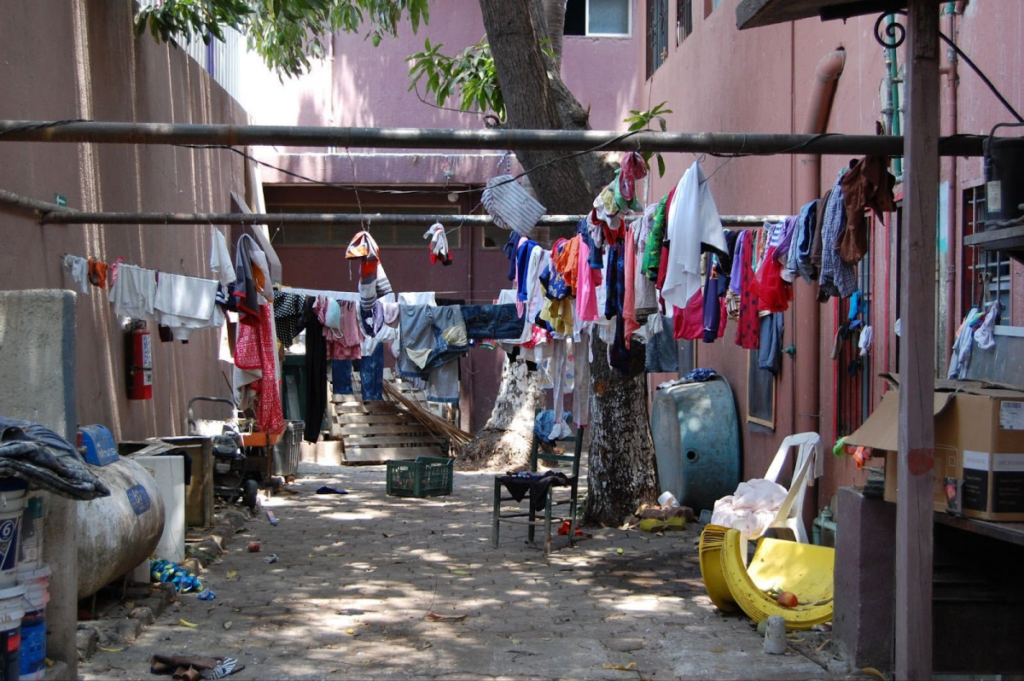
How Education Impacts Economic Opportunities
Education is key to breaking the cycle of poverty. Even basic education like reading and writing can open doors to futures that would otherwise be shut. Adults with basic education are better equipped to run businesses, keep accurate records, and get loans to expand their ventures. Education paves the way to increased employment opportunities. A high school diploma is almost always a prerequisite to jobs that pay a livable wage.
Long-term Benefits of Education for Families
Educated adults are more likely to have better jobs which can lead to educational materials where they live. This encourages learning within families. Children who grow up with adults who value education are motivated and expected to complete all of their school assignments and graduate.
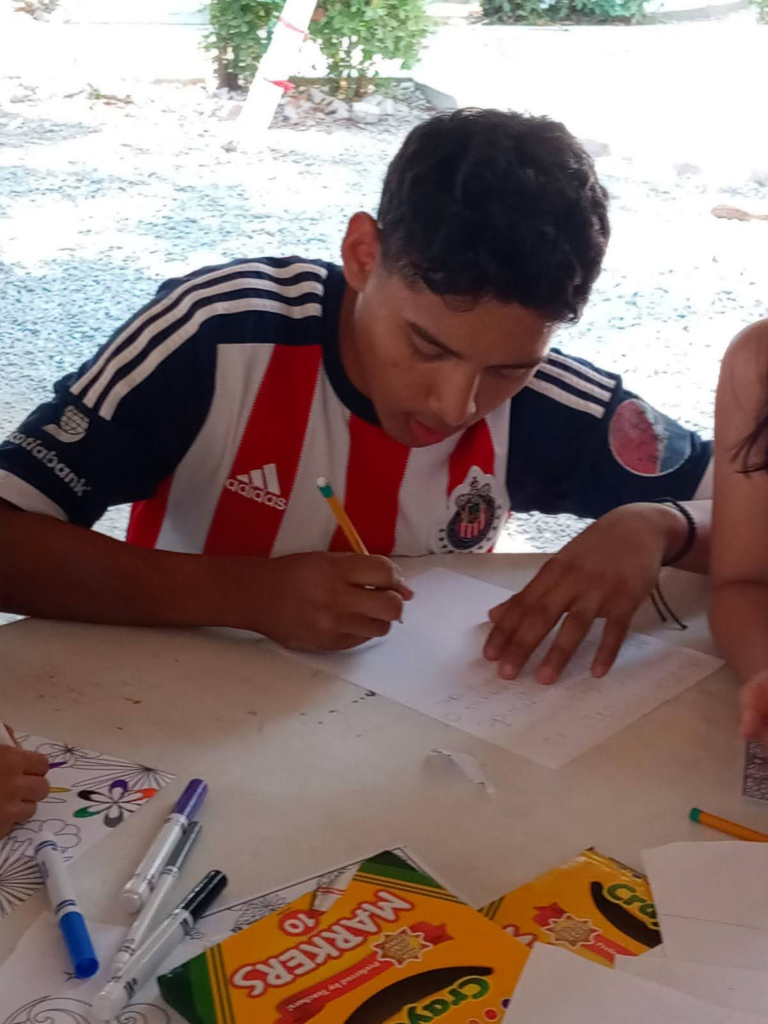
Challenges in Accessing Quality Education
Access to quality education remains a significant challenge for many children worldwide. This issue affects those from low-income families and marginalized communities. The obstacles to accessing quality education such as financial constraints, infrastructure limitations, and socio-economic barriers are interconnected.
Financial Barriers
The cost of education presents a major hurdle for many families. In developing countries, the average cost of providing 13 years of education is $1.25 per child per day. This expense is often too high for families living in poverty. Even in countries where education is free, families have to deal with hidden costs such as uniforms, books, and other fees. These informal fees can lock families in a cycle of poverty that doesn’t stop for generations.
Infrastructure Limitations
Many schools in developing countries, including Mexico, often lack basic infrastructure. In rural areas, children may attend overcrowded classrooms or study in makeshift spaces. Many schools don’t have clean water or working toilets. This lack of resources also includes a shortage of learning materials which makes it harder for students to get a quality education. These conditions add to the challenges of poverty as students from underfunded schools struggle to gain the education they need for better opportunities in the future.
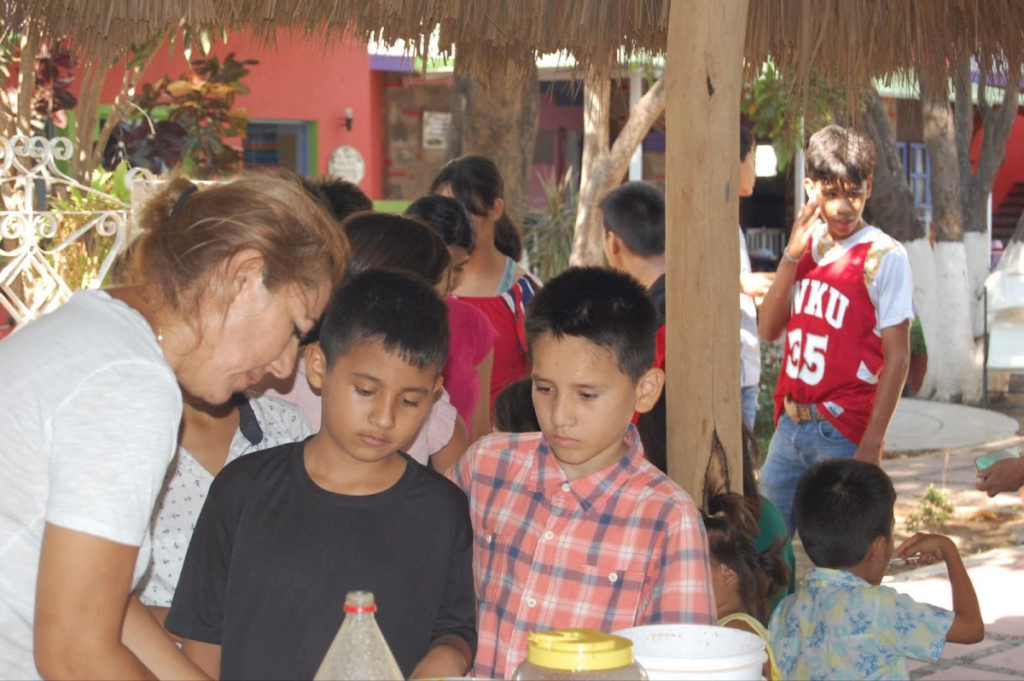
Socio-economic Obstacles
Socio-economic factors play a huge role in educational access and achievement. Children from low-income families often have limited access to resources that support learning at home. Students attending schools with a higher average socio-economic status typically enjoy better educational outcomes compared to those in schools with lower average socio-economic levels. This relationship between socio-economic background and educational achievement is still big and shows the constant gap between advantaged and disadvantaged students.
Government Initiatives and Their Effectiveness
Governments worldwide have implemented various policies to address educational issues and break the cycle of poverty. These initiatives try to provide equal opportunities for all students, regardless of their socioeconomic background.
Overview of Education Policies
The 2030 Agenda focuses on ending poverty by improving education. The idea is that a well-educated population is important for a strong economy, better quality of life, and fair income distribution. Many governments have implemented policies like free universal education which have been proven to boost people’s earning potential and help them get out of poverty.
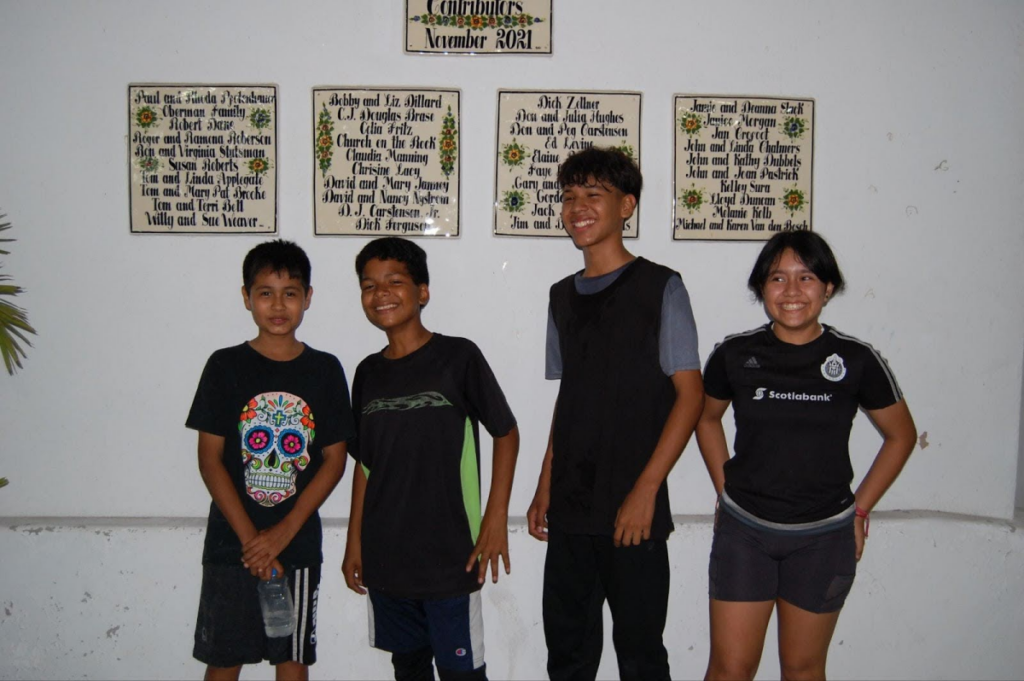
Empowering Communities Through Education
Education plays a key role in driving community development. It focuses on empowering both individuals and communities to take control of their own growth. This involves collaboration between community members, organizations, and stakeholders, all working together toward common objectives.
Building Local Capacity
Building local capacity in education involves collaboration between educators, families, and community organizations. Schools can strengthen support systems by developing partnerships with these groups. This process includes identifying and using local resources like businesses and cultural assets. By tapping into these resources, schools can create educational programs that meet the specific needs of their community.
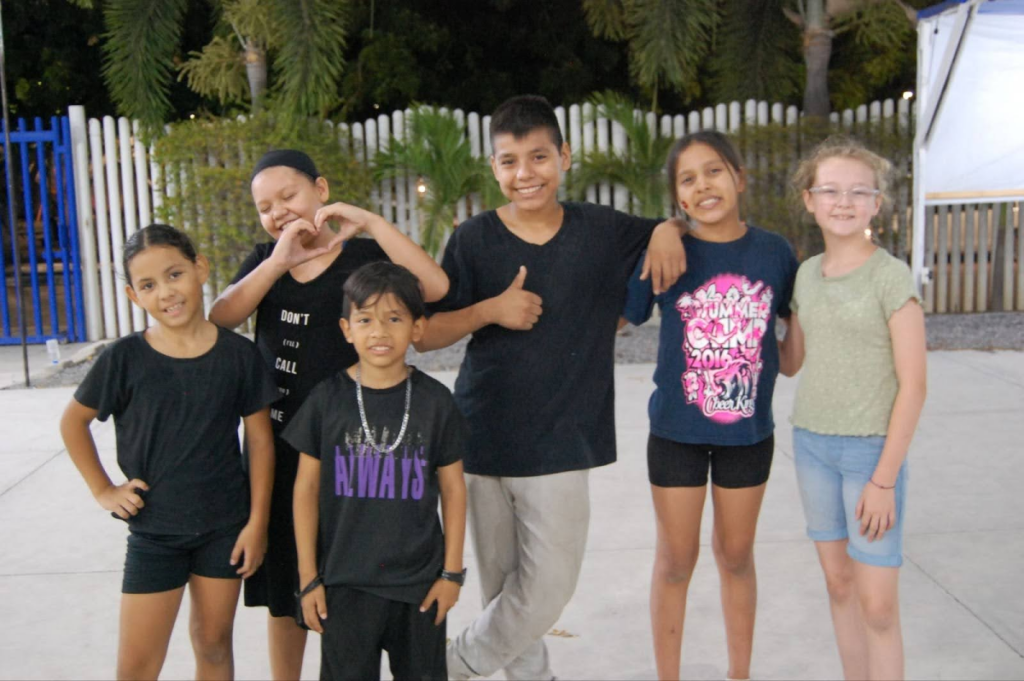
Creating Sustainable Change
Sustainability in education is about making sure that projects and initiatives can last over time. This includes building the community’s ability to continue making progress towards education of impoverished children. It might involve training local leaders, and teaching community members new skills. By sharing knowledge and skills, communities can keep advancing even after outside help is no longer available.
You Can Help Poverty Today!
Education proves to be a powerful tool to break the cycle of poverty. It gives children and even adults skills & knowledge to build better lives. This opens doors to jobs and opportunities that can lift entire communities. From early childhood programs to job training, learning helps create lasting positive change. Learn how you can help support the education of kids in need in Mexico.

